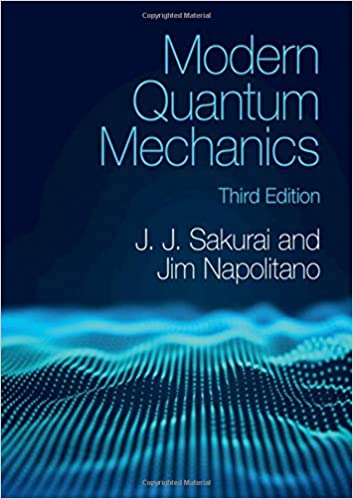

Ī common feature of the two above types of nonlocalities is that they usually assume some kind of preliminary interaction between the quantum particles to entangle their states in the transition from one-body to many-body state where, as a result, a nonfactorizable wave function is formed. Although seemingly classical, the spatial nonlocality considered here is intimately related to the quantum uncertainty and leads to entanglement in many-body quantum systems while other research attributes also the nonlocal causality to uncertainty. Henceforth, we will call that type of nonlocality “spatial nonlocality” implying nonlocality in physical space-time. A typical example in this respect is the mean-field potential in the familiar Hartree-Fock approximation, wherein the electrostatic field at each point in space is an average over the whole charge distribution for a given electron (e.g., in ). We do not consider here issues related to the instantaneous collapse of the wave function which accompany the measurement process or to those related to super-luminal propagation, whose description goes beyond the solution of the Schrödinger equation.Īnother important type of nonlocality in quantum physics occurs in the form of convolution integrals which generally express the interaction of spatially extended objects, such as electron clouds, with other objects. For bipartite systems that type of quantum non-locality can be detected by, e.g., testing violation of Bell’s inequalities. While in principle allowing faster-than-light influences, the nonlocal causality is still compatible with special relativity owing to the statistical character of the measurement performed on multiple copies of identically prepared entangled systems. In quantum physics, the nonlocal causality is closely related to the phenomenon of entanglement whereby the particles are correlated due to some kind interaction or due to symmetry conditions where they lose their individuality. Basically, the nonlocal causality originates from the fact that whenever more than one quantum particles share the same wave function, it resides in a multi-dimensional configuration space which (although non-physical) binds the particles such that each of these may “feel” what happens to the rest. The one type manifests itself as a nonlocal causality which essentially means action-at-a-distance where influences can propagate even between non-interacting objects, irrespective of their spatial separation. There are generally two types of nonlocalities which appear in non-relativistic quantum mechanics which are of different origin and have different implications on the phenomena under consideration.


 0 kommentar(er)
0 kommentar(er)
